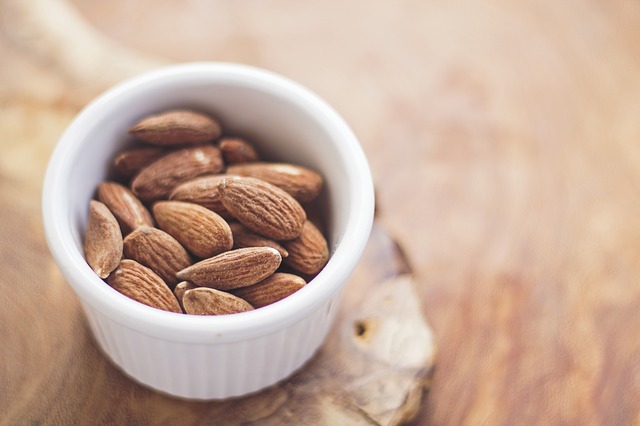As a father of two, I have put the spotlight on my family’s nutrition. I have done research into organic food and genetically modified food. I looked into buying local when possible. I started going to farmers markets and came across a grass fed beef booth. This sparked my interest.
I had heard about grass fed beef being healthier in the past but never really gave it much thought. After some reading and collecting helpful information I found that on many different levels, grass-fed beef is the healthiest choice for beef.
For all intensive purposes, the beef we eat can be grouped into two main categories. Based on diet, these two groups are commodity grain-fed beef and pasture raised grass-fed beef. I don’t want to bash feeding grains to cattle, but that’s not what the animal’s digestive system was evolved to handle, this concept is key to understanding the difference between the two dinner plate options.
Better for the Land
The bovine has been grazing the grasslands for ever. They evolved in balance with nature within a symbiotic bond with the native grasses. A rancher who raises cattle in this manner extends this deep rooted tradition and remains in harmony with the land.
The land underneath the cattle that are raised as a commodity experiences a different impact. If cattle do not need to graze for food, then they can stay in one place and eat grain. Most cattle are finished in feedlots where they are fattened up before going to slaughter. Feedlots are concentrated which makes the waste concentrated. The effect on the land can be harmful if there is waste runoff.
Better for the Cattle
The life of a commodity steer is different from that of one raised in pastures. Conventional cattle are brought to feedlots after about 1 year. Feedlots are designed to put extra weight on the cattle for market. The are commonly packed in confined places standing in their waste.
Antibiotics are used to prevent the spread of infection to combat the cramped conditions. The cattle are fed grains that their system was not designed to process efficiently. The weight packed on is meat, but nowhere near the quality of grass fed.
The herds raised in open pasture have a better quality of life. Their stress level is much lower because of the open conditions. Grass fed cattle are commonly raised for 2 years before going to market. Mass is put on naturally with nutrient dense grasses.
Better for my Family
Research proves that grass fed beef is healthier and safer. According to the USDA study published in the 2009 Journal of Animal Science showed that grass fed beef is higher in vitamins and minerals. Grass fed beef has up to 4 times the amount of Vitamin E. It has consistently higher levels of beta carotene and Vitamin Bs including riboflavin. It also has higher levels of minerals including calcium, magnesium and potassium.
Grass fed beef has high levels of the immune system supporting Conjugated Lineolic Acid, and is a rich source for omega-3 fatty acids, commonly up to 7 times the amount comparatively. The ratio between omega-6’s and omega-3’s is much more in balance with what our bodies needs (2:1).
Grass fed beef is safer because there is less of a chance of E coli infection. This is because the highly acidic environment of grain fed beef creates stronger bacteria that can resist the our digestive tract’s defensive acids.
Grass fed beef does not require antibiotics or growth hormones. Both of these affect the quality of the beef as these synthetics can pass into the product. Also overuse of antibiotics creates antibiotic resistant strains of bacteria aka superbugs.
All Things Considered
I’d like to support something wholesome that provides top quality nutrients to my family. It is clear that there is a difference. It makes sense to choose the healthier option if you want to fine tune your diet or provide the best nutrition for your children.



This is a great article Rich and I agree with you on most points. However, growing up in the Midwest as a cattle rancher’s daughter I can tell you that most small operations do not use antibiotics or hormones on their steers. These are only used at large feedlots. Both of those substances are regulated and it is too expensive for family farms to pay to use them. It depends on what kind of operation you are running, but we sold our steers at market weight – meaning they were with us from birth until they were ready to butcher. We did finish them off with grains mixed in with hay and other nutrients.
My suggestion for readers is that you buy your beef locally as much as possible. Know where your meat is coming from (as even grass-fed labeled beef in the store is a mixture of thousands of animals – whereas locally you will be getting meat from just a few animals). If you can’t find grass-fed beef, look for a small family operation. Many of them are willing to sell it to you at live weight value plus processing fees (usually a few cents per lb).